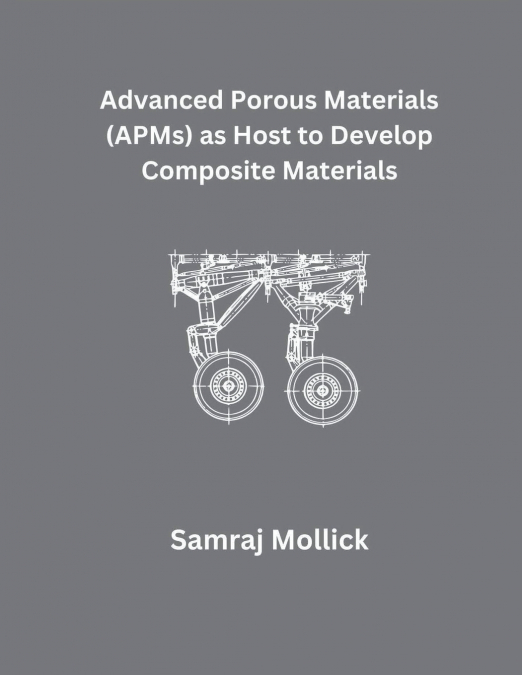
Samraj Mollick
Porosity is an important feature of a material. In a conventional sense, porous materials must have permanent, interconnected voids that are permeable to gases or liquids. Generally, Porosity can be observed in rocks, ceramics, soils, biological tissue, charcoal, dried plant husks, and have been utilized for filtration, purification, petrochemicals, cooling, etc.[1-4] In modern times, there is a growing demand for utilization of porous solids not only limited to adsorption and catalysis, but they are also deployed in different sectors including energy, environmental, and health department. The porous solids have ubiquitous influence on our society and are indispensable in our daily life for a long time. However, the target-specific applications are almost impossible with such traditional porous solids as the structure- property relationship remains unknown. Therefore, the search for a new class of porous materials is essential where fine-tuning of order and functionalities at the atomic level could be easily attained. Such exquisite control over the entire structures of the porous materials permits the tailoring of materials for challenging and appealing applications that are still not realized by such traditional porous solids. This newly developed special class of porous materials have been termed as advanced porous materials (APMs). The discovery of APMs at the end of eighties has brought a revolution in chemistry and material engineering. The participation of the ever-escalating number of researchers in this newly developed field owing to the possibilities of unlimited chemical and structural features in this class of materials present scope for imaginative chemists. The unique arrangement of organic, inorganic or combination of both moieties affords a new class of porous materials, potentially complementary and even much more attractive compared to traditional porous solids. APMs encompass a wide range of materials i.e., metal-organic frameworks (MOFs), porous organic materials (POMs), metal-organic polyhedra (MOPs), metal-organic gel (MOG) etc. The research interest in APMs have skyrocketed in various aspects pertaining to its several key features. Firstly, APMs can be designed to feature high surface area and well-defined functional pores. Secondly, some of them can be readily molded into monolithic forms or thin films which provide substantial advantages in many practical applications. Additionally, few of them can even be dissolved in a common solvent and processed into workable forms without compromising their inherent porosity, which is almost impossible to imagine with conventional porous solids. Furthermore, stimuli-responsive APMs can also be designed that are capable of reversibly switching between the open and closed porous state after applying an external stimuli.